

Until Dawn is a game obsessed with the Butterfly Effect – the idea that a few small choices, or maybe even one big choice, can have a rippling effect and impact a number of future situations. It’s obviously not the first game to explore that concept, but the game’s use of the horror genre opens up new possibilities.
In the most basic sense, Until Dawn is less a game and more an interactive experience. Its use of quick time events, A and B dialogue choices, and basic puzzle-solving call to mind games like Heavy Rain and Beyond: Two Souls, and its narrative and performance driven set-up highlight games’ potential to rival movies in terms of cinematic storytelling. But, like Heavy Rain’s divisive reception, Until Dawn is likely to elicit the same types of feelings. Some will love it, and others will hate it.
After a brief prologue, Until Dawn puts players in control of eight friends who reunite on the 1-year anniversary of a terrible tragedy. While the idea of getting back together at the same snow-covered cabin draws up plenty of red flags, especially since we, the player, know more than the characters do, the eight friends continue on nonetheless. And, of course, things spiral out of control, as a mysterious figure starts stalking the kids and a larger secret begins to reveal itself.
Hayden Panettiere as Sam in ‘Until Dawn’
While it would be easy to talk about the admittedly solid story, it’s best to leave most of the narrative details in Until Dawn as vague as possible because that’s arguably its biggest selling point. The game very obviously wears its horror inspirations on its sleeves, and as a result plenty will see some of the reveals coming. Even so, it’s best to go in as fresh as possible, but with the understanding that Until Dawn leans very heavily into the slasher and monster movie genres and is not as grounded in reality as some might think. That being said, Until Dawn has a lot more to offer than the average B-grade horror movie.
Like a high quality movie, Until Dawn features top notch production design. As players move from the claustrophobic interiors of the moonlit cabin to the chilling mountainside environments, there’s a genuine sense of place to this world. Developer Supermassive Games has left no corner, room, or dead end untouched, making sure everything is detailed and bursting with atmosphere.
On a similar note, the character models in Until Dawn are extremely high quality – from their clothing to their basic animations – to the point that each of the characters feel like real people. There’s no question that Until Dawn must have featured an intense motion capture process, which helps imbue every scene with a cinema-level intensity, and dialogue that is neither stiff nor trite. The only real flaw in the visuals rests with the character’s faces, which while believable in terms of their representations of real actors (Hayden Panettiere, for example) still look like rubber masks hanging on robotic skeletons. It’s not enough to break the immersion, but still jarring nonetheless. However, if we’re comparing the acting in Until Dawn to the average horror flick, this is far superior.
What also pushes Until Dawn above the average film is its use of choice to drive the narrative forward. While there are not a lot of mechanics to the game, there are plenty of decisions to be made in the form of dialogue options and forking paths. Some of those choices may not impact the story in a grand sense – Until Dawn also monitors dynamically changing character relationships and character traits – but they eventually start to roll together. So, something a player does in the third chapter might not actually have an impact until the 8th or 9th. At the same time, there are choices in Until Dawn that don’t truly feel like choices, or that don’t directly impact the story. Supermassive clearly wants to be ambitious, but they also have a story to tell, so some players may still see the framework surrounding the larger narrative For example, there was one moment where I chose to go one way, and the game simply re-directed me back to the other path soon after.
In truth, the major selling point for Until Dawn will be making choices that keep as many of the eight friends alive as possible. Since this is a horror game, each and every one of the characters is disposable, and one wrong choice can take them from perfectly healthy to headless in an instant. And because Supermassive Games does such a great job at realizing these characters, the deaths feel all the more impactful. Sure, there are some characters that “deserve” a gruesome death, but there’s nothing more shocking, and genuinely heartbreaking, than making a wrong choice and watching a character you liked die. That’s something games rarely deliver.
For the most part the mechanics will be familiar, and yes the game does rely on the quick time event quite a bit, but there are some unique twists as well. The one that stands out the most is the ‘Don’t Move’ mechanic, which requires the player keep the controller completely still, while showing a visual representation of the Dual Shock 4’s light bar on the screen. It seems like such a subtle addition, but this mechanic helps connect the player with the character in a way a movie never could. Think you can hold perfectly still while danger lurks on the other side of a door? Prove it.
While the story in Until Dawn is presented in a fairly straightforward manner – as influenced by the player’s choices, of course – there are collectibles strewn about the game to bolster the narrative. These collectibles come in the form of newspaper clippings, photos, and all manner of items, and they are meant to fill in the backstory surrounding these larger mysteries. The only problem is that if a player chooses not to look for them, or simply to avoid them, they will be missing out on some important details. Miss too many of these collectibles, in fact, and players won’t get a sense for how much thought Supermassive put into the story, and that’s a shame.
Peter Stormare Plays the Mysterious Dr. Hill in ‘Until Dawn’
By the time the credits rolled on Until Dawn, it was clear that Supermassive Games set out with a specific goal in mind. They wanted to deliver a horror tale that blends elements within the genre and gives players agency in the decisions made by the characters. There are no standout mechanic or deep gameplay systems, just simple choice, exploration, and some basic puzzling, all bolstered by branching paths. In essence, Supermassive wanted to see if players, when faced with seemingly innocuous choices, could keep these characters alive until dawn.
And that in itself is a unique concept and should make Until Dawn appealing to a lot of horror fans. Make no mistake, this is more of an interactive movie than a “game,” but that doesn’t mean it’s not worth experiencing. If the concept sounds appealing, then give Until Dawn a try. It may surprise you.
Until Dawn releases August 25, 2015 for the PS4. Game Rant was provided a PS4 copy for this review.

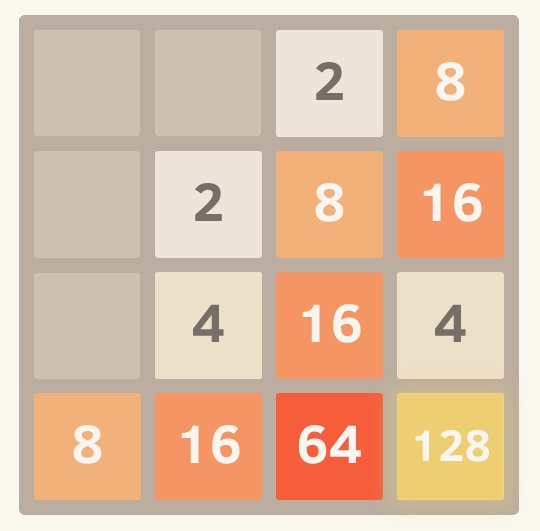
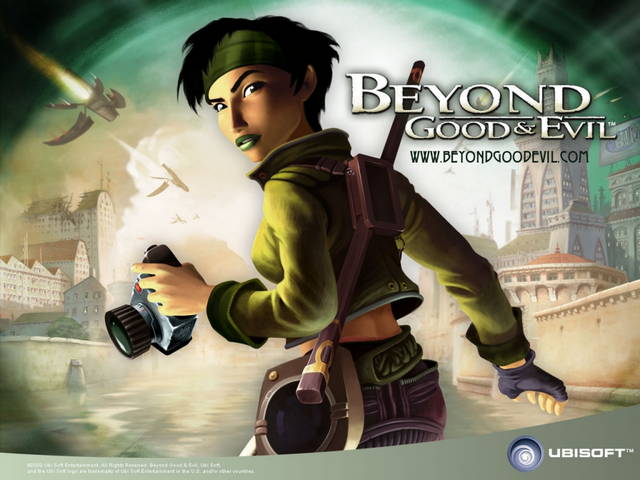

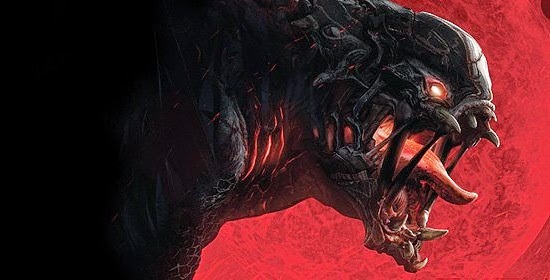 Evolve (PC) unlockables / strategy guide
Evolve (PC) unlockables / strategy guide MGS 5 - The Phantom Pain add your own / favorite mp3 songs
MGS 5 - The Phantom Pain add your own / favorite mp3 songs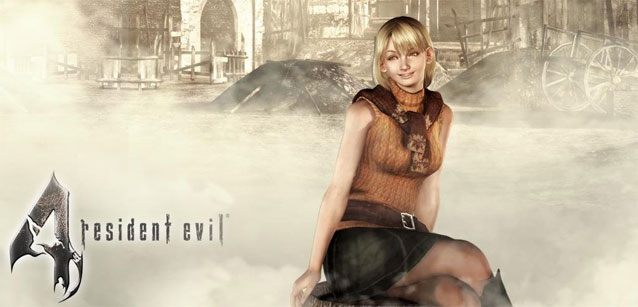 Top 5 Most Annoying Videogame Protagonists in Recent Times
Top 5 Most Annoying Videogame Protagonists in Recent Times MGS 5: The Phantom Pain how to become a Hero or Demon
MGS 5: The Phantom Pain how to become a Hero or Demon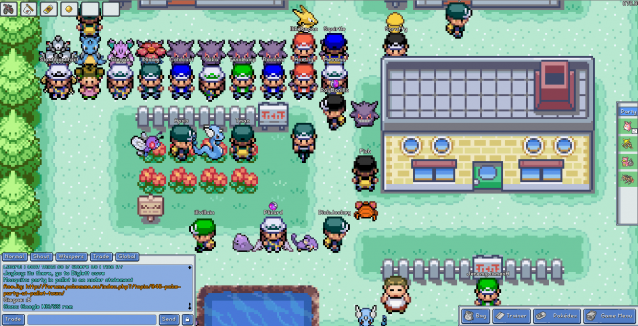 Become the Very Best at Pokemon on PokeMMO, a ROM Hack Done Right
Become the Very Best at Pokemon on PokeMMO, a ROM Hack Done Right